Chairs and desks are very important to learning, comfort, and health. Unfortunately, the chair/desk combo used in many classrooms at UHS fail in all three of these areas. They are uncomfortable, leave students with sore backs, provide inadequate work and storage space, and distract from learning. Many voices including students, teachers, custodians, and administrators all recognize shortcomings of the chair/desk combo.
The most direct comments come from students who are forced to use these antiquated chair/desk combos every day. Heaven Rupert (class of 2026) spoke for many people she knew who use the chair/desk combo and said “nobody likes that.” Rupert also claimed that the chair/desk combo made her back ache, saying “my back hurts everyday when I go home.” Her experience is not unique.
Yohanny Escobar (class of 2027) explained that the chair/desk combo is really cramped. She believes that, “they should give us more room to do stuff” and she didn’t like the fact that they were not adjustable. Escobar stated ” I don’t like that you can’t change it to your own length.” And while she is not really tall, other students are and have even worse experiences.
While it is quick to establish that most students are not fond of the chair/desk combos, it is equally important to consider the perspective of teachers who see the impact of the chair/desk combos on the overall classroom. Surprisingly, many teachers have sat in the chair/desk combos and had firsthand experience, and they have also heard and observed students using the chair/desk combos.
A computer science teacher, Mr. Travis Zimmerman, explained his own experience with the chair/desk combo. Being a taller person he said they “are not comfortable.” In his classroom, he has a different type of seating that is more comfortable and he aligns with more modern furniture designs. While Zimmerman understands budget realities and limitations, he commented that “if I could, and we had the money as a district, I would opt for replacing all of them with more flexible use furniture.”
Another teacher, Mr. Phillip Mees who teaches history, also has tried sitting in the chair/desk combo and did not find them comfortable. He said “I would say not very comfortable at all. They are not fun to sit in.” He said he had heard frequent complaints from students and thought better seating could improve the classroom experience. Mees summarized saying,
Ms. Alissa Robbins, a math teacher, also was not impressed with the chair/desk combos. She commented “I’m personally not a fan, I don’t think they’re really comfortable for students and they take up a lot of space in the classroom for teachers.” Robbins explained that the chair/desk combo take extra room because the chair and desk are attached. She said a chair/desk combo “takes up extra space since you can’t scoot the chair in and out, makes it even harder to move around the classroom.”
From another perspective, custodians at UHS also have challenges dealing with the chair/desk combos. Ms. Michelle Randolph, lead custodian, provided some insights from her perspective having to work around the chair/desk combos with her team. She is also not a fan of the chair/desk combo. Like some teachers, Randolph has experienced sitting in them and said “I think they are very uncomfortable.” However, her main focus was how much more difficult they were for her custodial team to maintain than separate chairs and desks.
Randolph summarized, “It would make my custodial team much easier to maintain the classroom. … A regular chair and desk would be better instead of the combo, because they’re heavy.” She had some insight on the age of the chair/desk combo believing they have been around too long. She said,
Finally, Assistant Principal Dr. Linda Chambers, noted two problems with the chair/desk combos. She noticed that students can have problems getting in and out of the chair/desk combos, and also that items can get stuck in them. She commented “I notice sometimes articles of clothing or accessories get stuck for students and they have trouble getting in and out of them.”
There are many studies that show the investment in modern chairs and desks is can improve both comfort and productivity. Modern furniture can improve comfort and health, and even have measurable improvements in performance. For example, Education Weekly found that standing desks could improve performance with just an hour of standing rather than sitting all day. “Researchers found a 5 percent to 10 percent improvement in cognition, where students stood for an hour to an hour and a half more each day.”
Similarly, Engage for success examined the importance of comfort in classroom seating. They explained that comfort goes hand-in-hand with productivity, stating “comfort helps unleash productivity because you will be more focused on the job than complaining about a crippling backache, neck pain, or stiff muscles.”
It is clear the chair/desk combos need to be replaced, but many factors will need to be considered for replacements, especially the UHS budget and availability of funds. Other factors that should be considered are comfort, storage space both underneath and on top, adjustability for students of different sizes, and even maintenance considerations for custodial staff. Finding the right replacement won’t be easy, but it worth the effort.


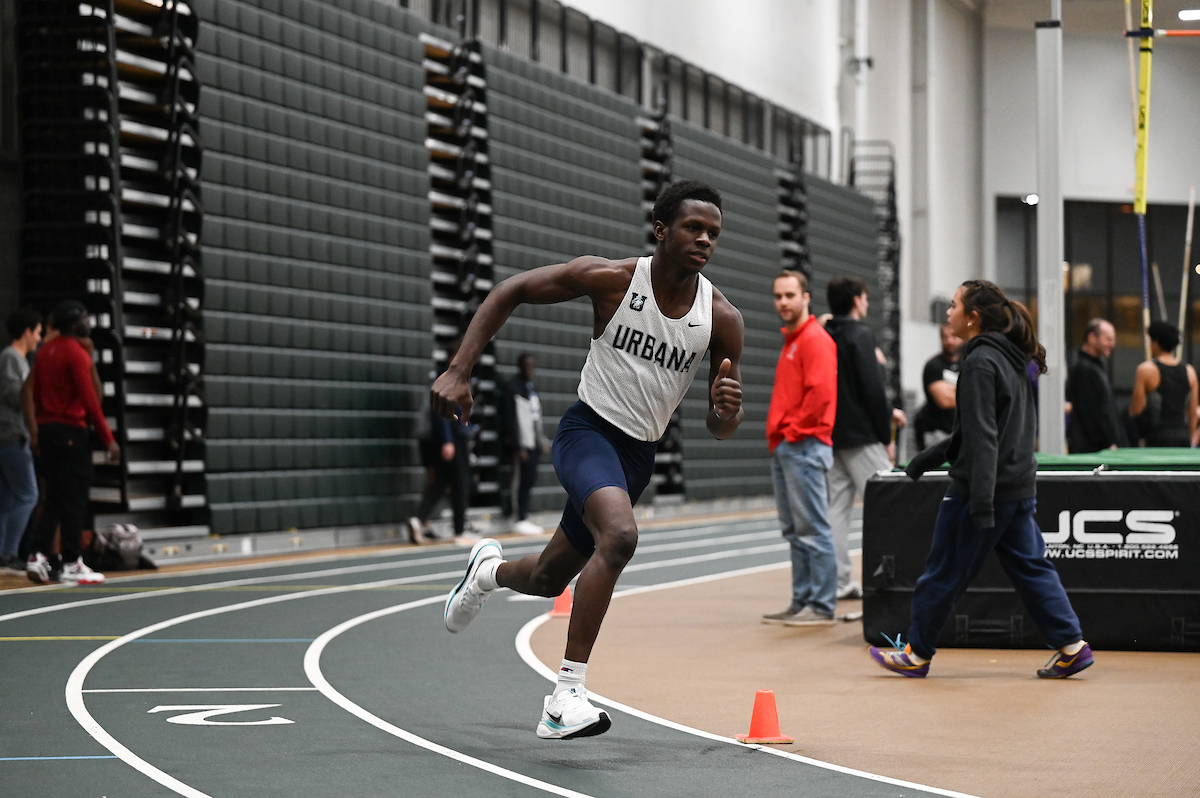


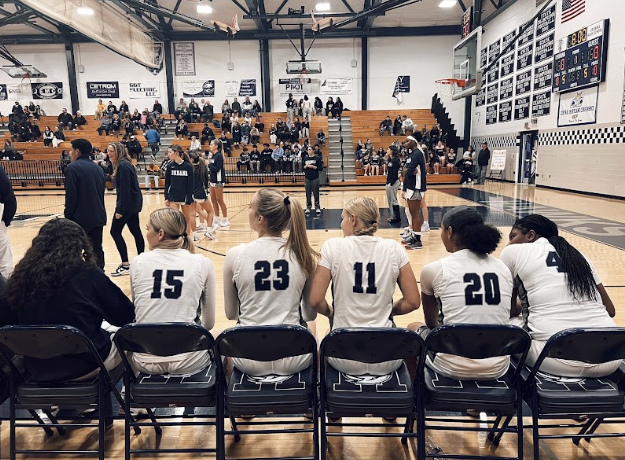




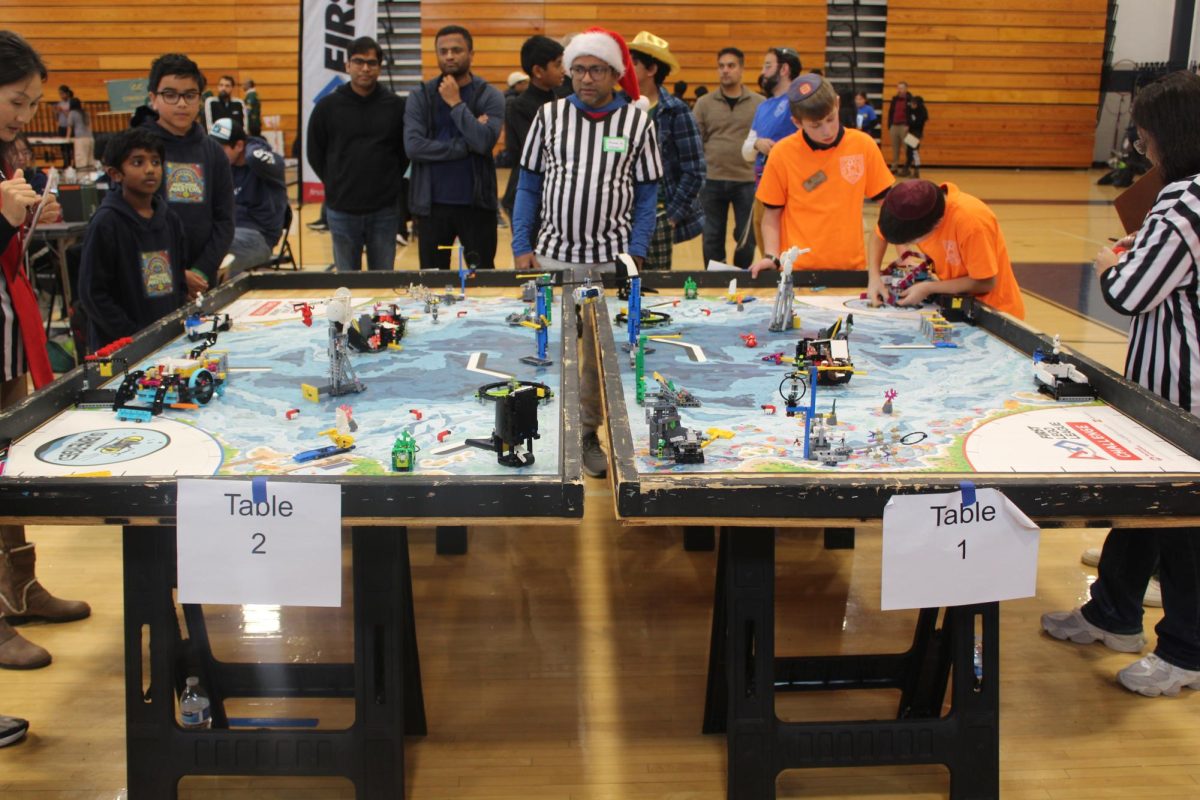
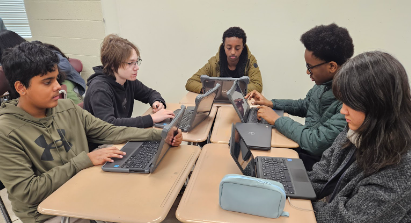


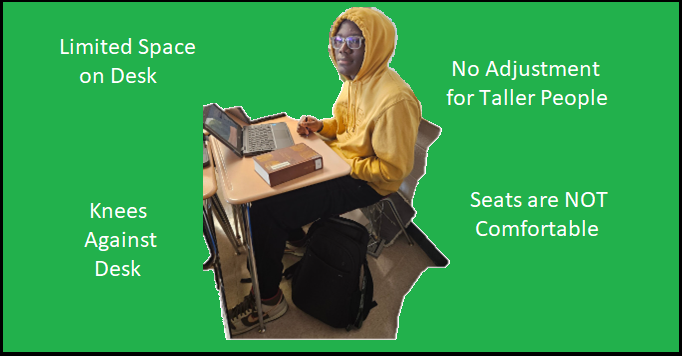
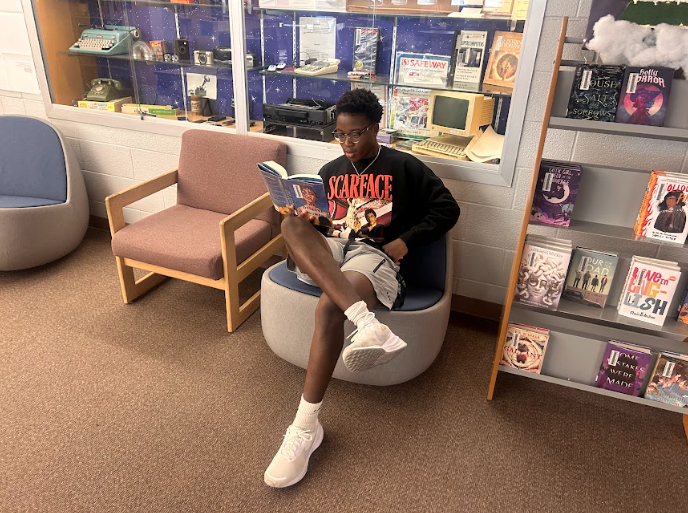



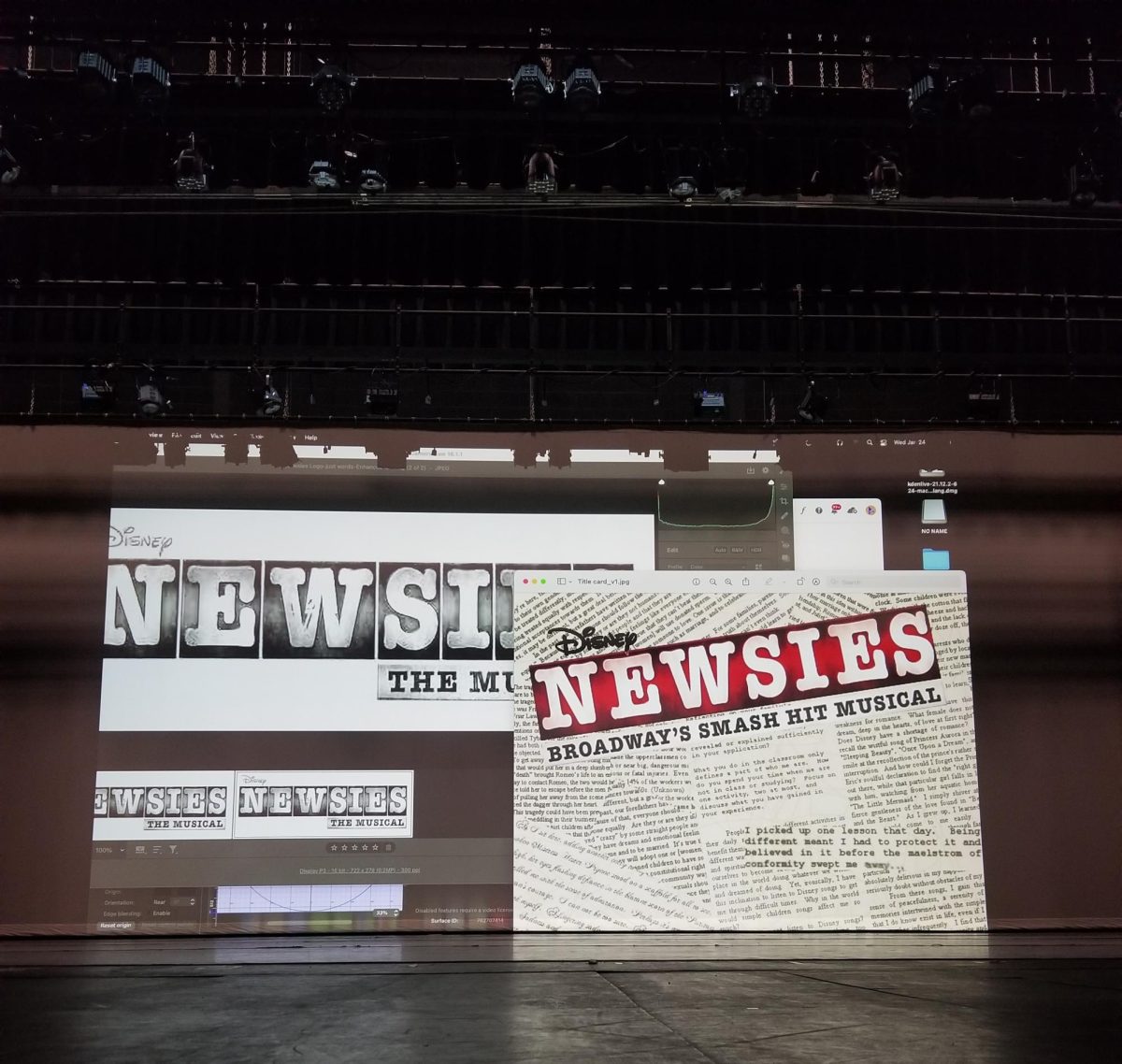
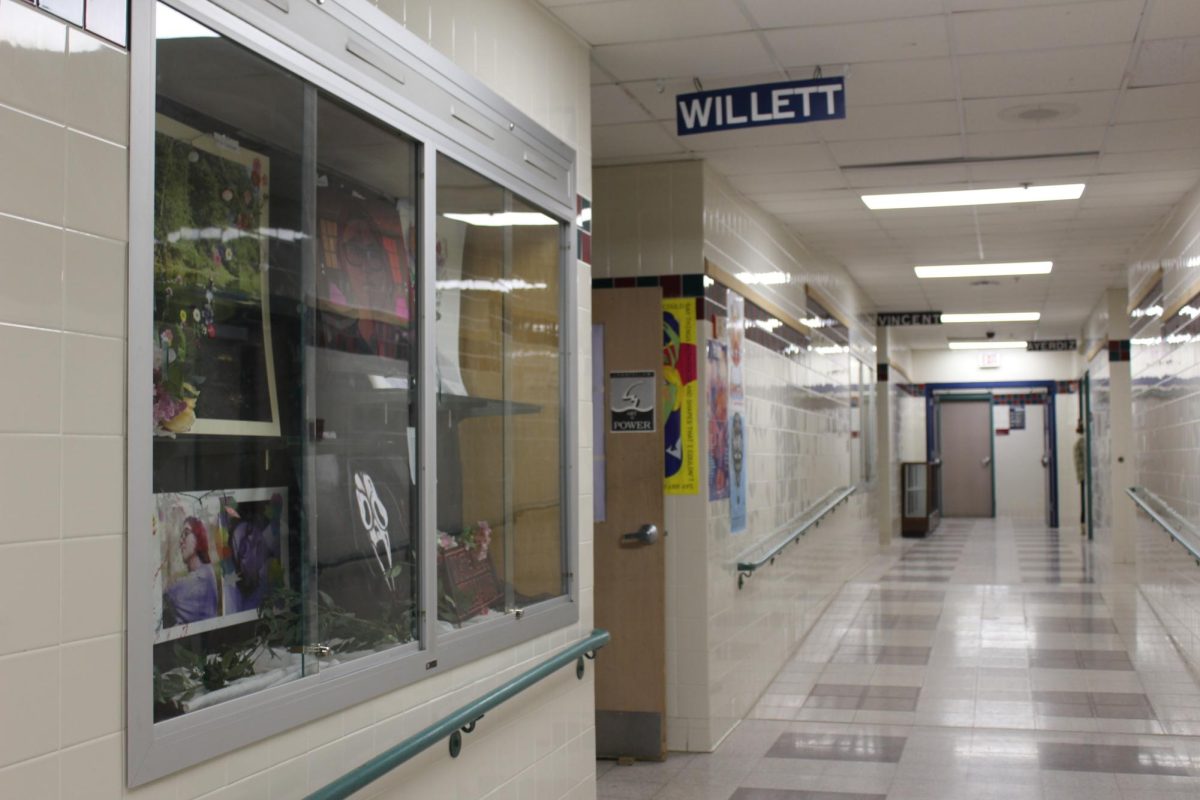


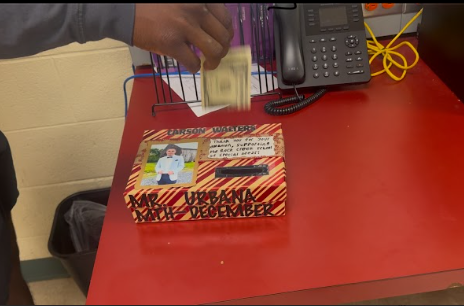



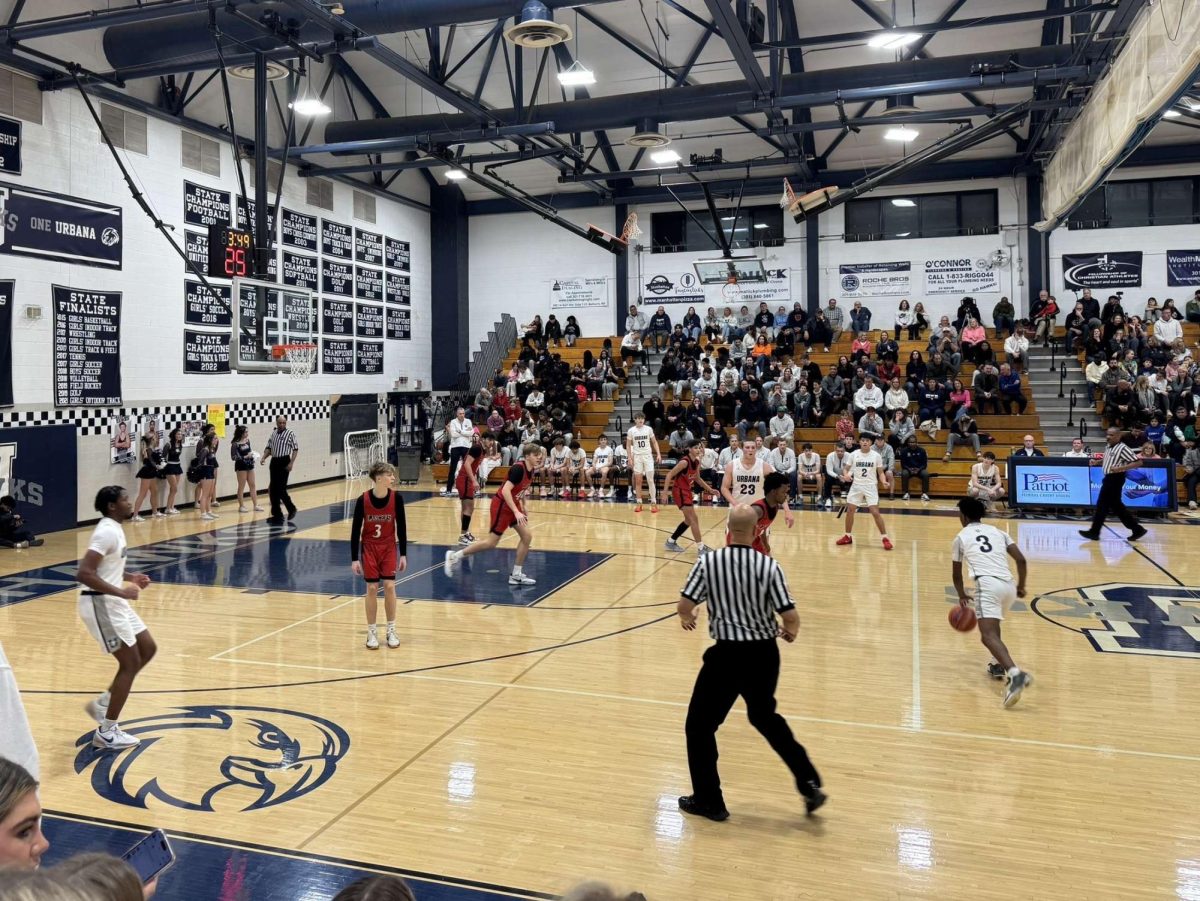

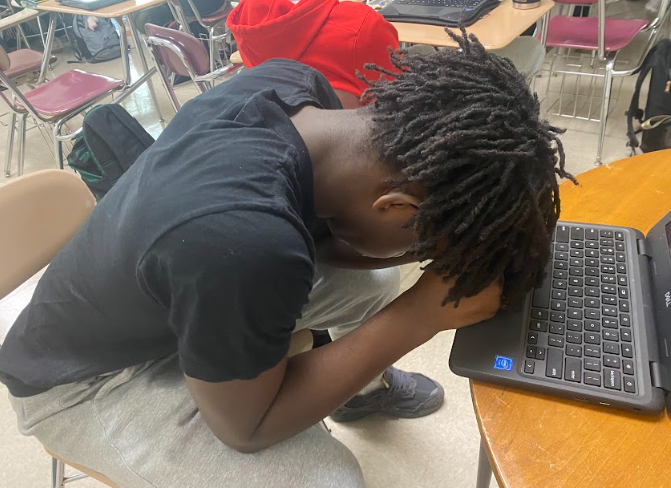
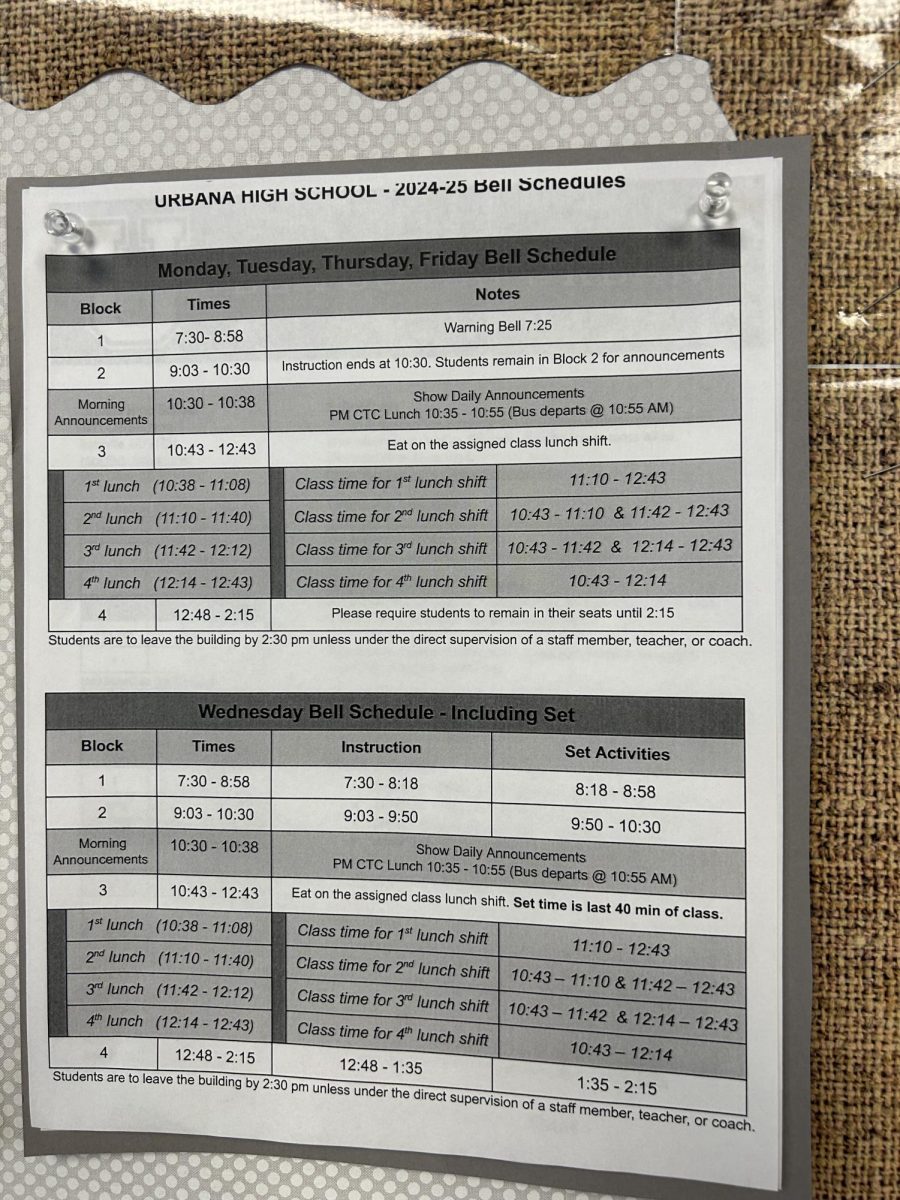


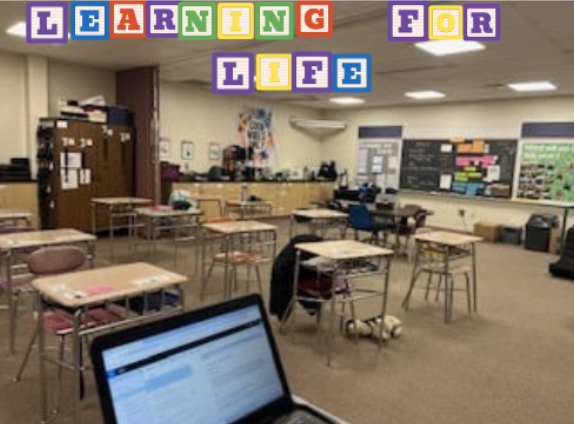




Michelle Myers • Dec 1, 2024 at 11:19 PM
These desks are crappy. So uncomfortable.